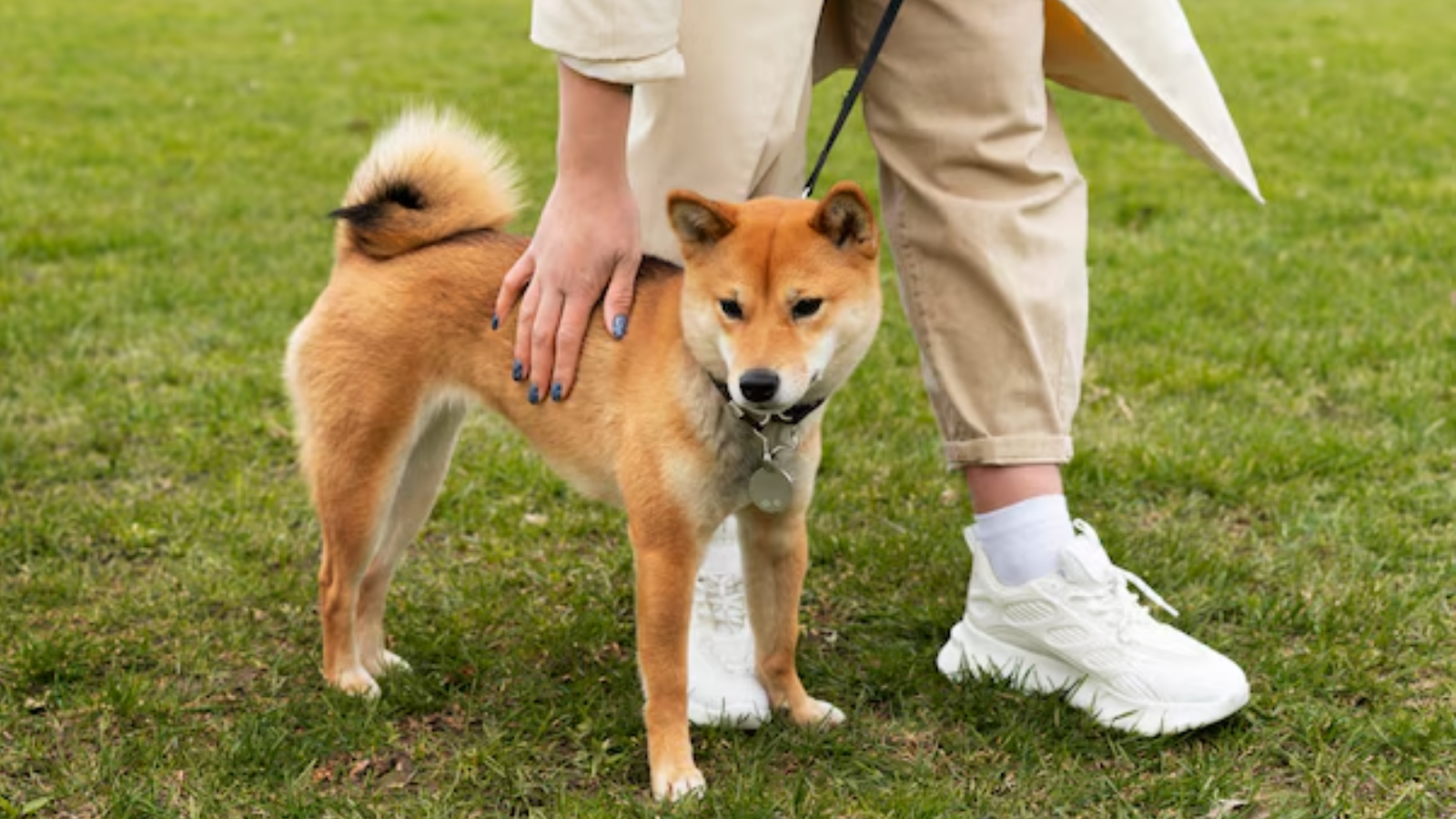When you sign up for dog training classes, you probably wonder, “How fast will I see results?” It’s a common question for any pet owner starting out. After all, you want to know if those weeks of commitment will pay off.
The answer here depends on a few things, like your pet’s age, temperament, and how consistent you are with the dog training classes. Some pick up on things quite quickly, while others need a bit more time and patience.
If you see small changes in their behaviour after a few sessions, you are on the right track. It is not about overnight transformation but about gradual improvement.
So, let’s know the factors that affect their progress and how long it takes to see the results!
Factors That Affect Training Results
1. Your Dog’s Background
Every pet comes with a unique history that can influence how quickly they learn:
- Age: Puppies are like sponges, but older ones can learn, too. It may take them a little longer to unlearn bad habits.
- Breed: Some breeds are naturally quick learners (think Border Collies), while others are more independent.
- Past Experiences: A rescue dog may require more time to build trust before training begins to sink in.
2. The Quality of the Dog Trainer
The effectiveness of their training classes often depends on the trainer’s methods. A good trainer uses positive reinforcement and tailors sessions to suit your pet’s personality. Look for trainers who make classes engaging and adjust techniques as needed.
3. Practice at Home
Dog and training don’t end when class is over. Reinforcing commands daily is crucial. Here are a few tips:
- Dedicate at least 15–20 minutes each day to training.
- Use consistent commands and gestures.
- Celebrate small wins with treats or praise.
What to Expect in Different Time Frames
First Few Weeks
In the first 2–4 weeks, your pet should start picking up on basic commands like “sit,” “stay,” and “come.” Puppies, especially, tend to catch on fast. However, don’t worry if progress feels slow; repetition and patience are key.
1–3 Months
By this stage, they might be responding consistently to commands and even managing to stay focused in mildly distracting environments. This is also when leash training and good walking behaviour often start to show improvement.
6 Months and Beyond
At this point, your furry friend could exhibit advanced behaviours like off-leash reliability or ignoring distractions, but only if training has been consistent. They enrolled in specialized pet training, such as agility or scent detection, and expect significant milestones within this time.
How to Speed Up Results
If you’re eager to see results sooner, here are some tips to help:
- Stick to a Routine: They thrive on structure, so set a consistent schedule for meals, playtime, and training.
- Break Training into Short Sessions: Opt for two or three short sessions rather than one long one to keep your dog engaged.
- Reward Progress, Not Perfection: Celebrate small wins to motivate your pet.
- Attend All Classes: Missing sessions can slow progress, as they may miss crucial skills.
Signs That Training is Working
Wondering if your efforts are paying off? Here are a few indicators:
- They responds to commands more quickly.
- Fewer accidents occur inside the house.
- They appear calmer and less reactive in public spaces.
- You feel more confident handling your pet.
What to Do If Progress Feels Slow
Sometimes, it might seem like they aren’t progressing. Before getting frustrated, ask yourself:
- Am I being consistent? Training should be part of your daily routine.
- Is the training environment too distracting? Begin in quiet settings before moving to busier ones.
- Does my dog need a different approach? Some respond better to hands-on play, while others prefer food rewards.
If you’re still struggling, consult your trainer for tailored advice.
Conclusion
Beyond achieving a well-mannered pet, dog training classes are an excellent way to strengthen your relationship with your furry friend. Training builds trust, improves communication, and creates a sense of teamwork between you and your pet.
Remember, progress isn’t always linear. Celebrate every small step forward and enjoy the journey with your pet. Whether you’re teaching simple commands or advanced skills, the effort you invest today will pay off for years to come.
